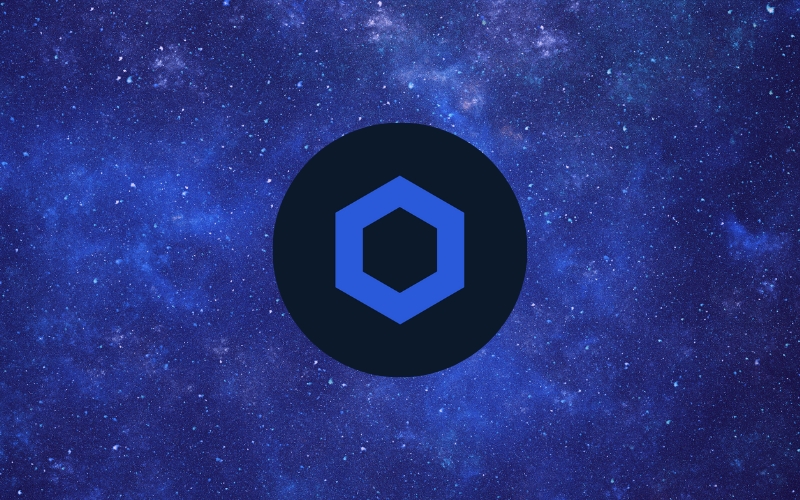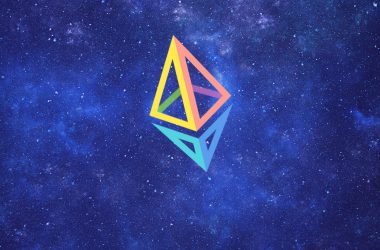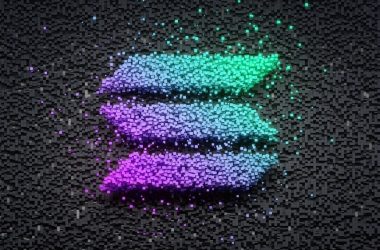- ChainLink Functions will connect external data to on-chain events.
- Functions offers connections to events such as social media API, to trigger smart contracts.
- Chainlink Functions use cases include dynamic NFT changes based on external data such as weather or sports results.
ChainLink will expand its services of connecting outside data to the blockchain. Currently, ChainLink is one of the leading oracles, providing data for trading to send to smart contracts. Additionally, ChainLink has a verified random number generator, used in NFT minting, P2E games and other reward mechanisms.
Now, ChainLink Functions is adding another connection of Web2 services and various events, to Web3 resources.
ChainLink Functions is targeted at developers, and is a fully functioning serverless platform with ready tools to link external events to the blockchain.
Until recently, blockchains were mostly airtight, with almost no external world events or internet data. For some projects, connecting smart contracts to external events was a hypothetical use case, such as issuing an automated refund for a late flight or lost luggage.
Now, ChainLink functions will seamlessly integrate all social media events or other Web2 outputs, and send them to smart contracts. For instance, those events may include elements of DAO governance, or even weather and sports events.
For the initial stage, ChainLink Functions will be available on Ethereum and Polygon testnets. Developers will have a simplified path to take Web2 output and use its data to involve in a smart contract.
ChainLink Functions Reduces Need for On-Chain Interactions
Developers will no longer need to crunch the data through their own adaptors, or run a ChainLink node, and some of the data can also be handled without on-chain interactions with ChainLink nodes. All of the data can be used through serverless runtime environments, allowing more complex apps with minimal infrastructure.
The new use cases for ChainLink Functions will be discovered by project builders. For instance, Functions may link external event such as weather reports to dynamic NFT, which change their content. Other sources of data are social media API, where certain events such as visibility or a viral post can be turned into exclusive NFT prizes.
ChainLink Functions will also allow various forms of off-chain computation, such as collecting DAO votes in a secure way without a wallet. Only the final vote will be recorded on the blockchain, thus making the process of DAO voting more seamless.










